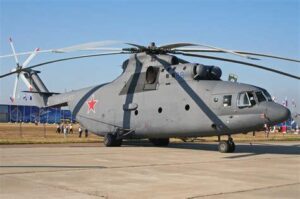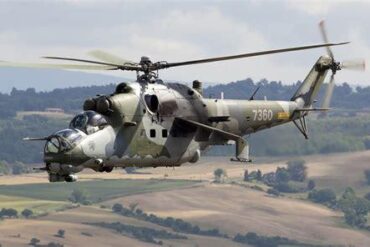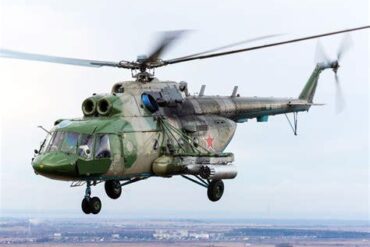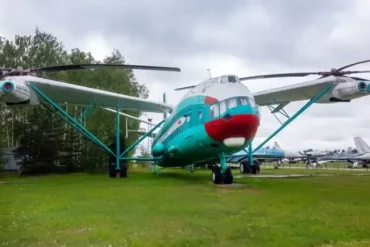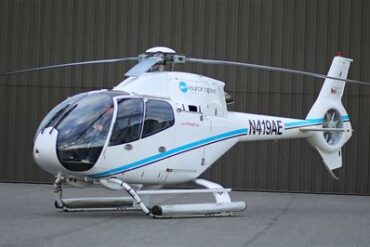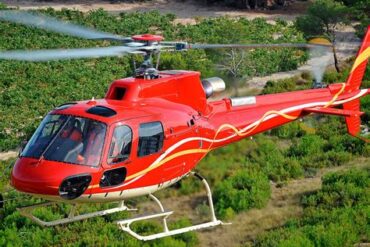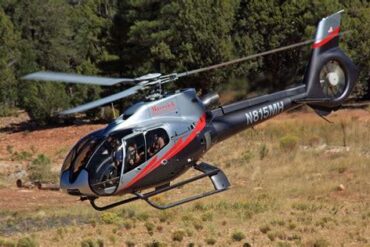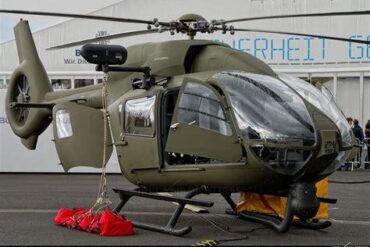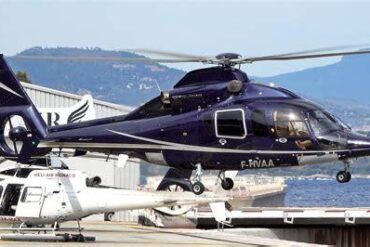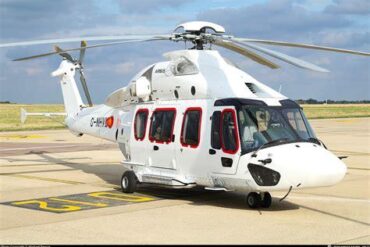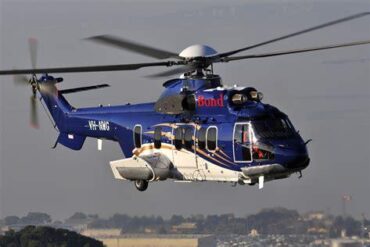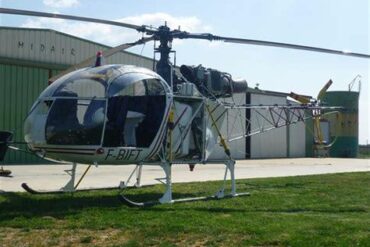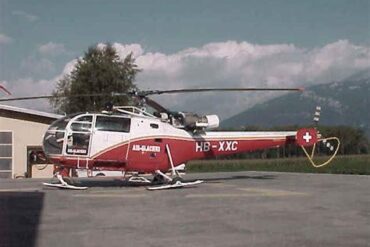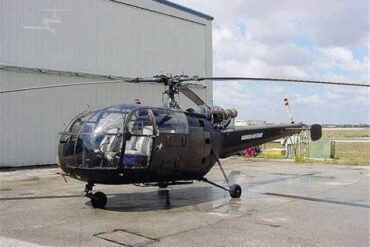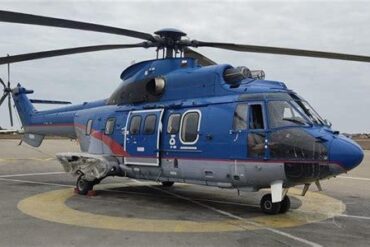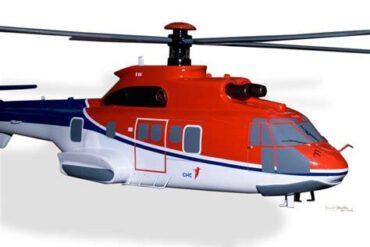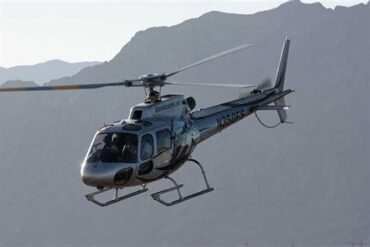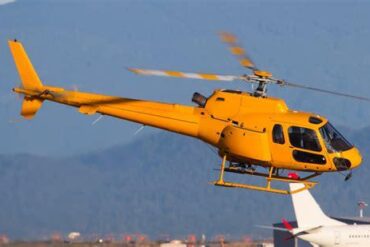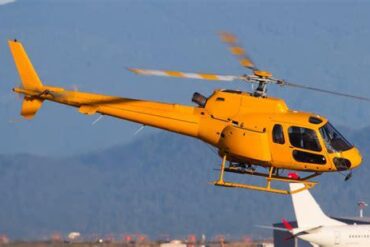The Mil Mi-26 is a remarkable heavy-lift helicopter that has earned its place in aviation history as one of the largest and most powerful helicopters ever built. Originally designed in the Soviet Union, the Mi-26 is primarily used for transporting heavy cargo and personnel in challenging environments. This article provides a comprehensive analysis of the price and operating costs associated with the Mil Mi-26, focusing on various aspects that impact both potential buyers and operators.
Overview of the Mil Mi-26
The Mil Mi-26, with its distinctive twin-turbine design and enormous cargo capacity, can lift up to 20 metric tons (approximately 44,000 pounds) of payload. It is equipped with a powerful Klimov TV2-117V engine that allows for exceptional performance even in high-altitude conditions. Its capabilities make it a vital asset for military operations, humanitarian missions, and commercial applications around the globe.
Purchase Price of the Mil Mi-26
When considering the purchase of a Mil Mi-26, the initial price is a critical factor. The cost of acquiring a new Mi-26 can vary significantly based on several factors:
-
Manufacturer: Depending on whether the helicopter is purchased from the original manufacturer in Russia or a third-party supplier, prices can fluctuate.
-
Configuration and Customization: Different configurations can impact the final price, including military versus civilian modifications, avionics upgrades, and cargo handling systems.
-
Market Demand: The demand for heavy-lift helicopters influences pricing. A surge in demand can drive prices up, whereas a surplus of available units may lead to more competitive pricing.
As of the latest estimates, the price of a new Mil Mi-26 can range from $10 million to $15 million. Used models can be found for significantly less, often between $3 million and $7 million, depending on their condition and operational history.
Financing Options for the Mil Mi-26
Given the substantial investment required to purchase a Mil Mi-26, many operators consider financing options. Leasing is a popular alternative, allowing organizations to acquire the helicopter without the upfront costs associated with a purchase. Financial institutions may offer tailored leasing agreements that align with the operator’s budget and operational requirements. Additionally, government grants and subsidies may be available for specific sectors, such as humanitarian organizations or disaster response agencies, which can help offset the costs.
Operating Costs Breakdown
Understanding the operating costs of the Mil Mi-26 is essential for budgeting and financial planning. These costs can be divided into several categories:
1. Fuel Costs
The Mil Mi-26 is known for its substantial fuel consumption, which is a significant operational expense. The helicopter typically operates on Jet A-1 fuel, with a consumption rate of approximately 2,500 liters per hour (or about 660 gallons per hour). At current market prices, which can range from $0.70 to $1.50 per liter, fuel costs can quickly accumulate, averaging between $1,750 to $3,750 per hour. For operators flying several hours each week, these costs can represent a large portion of the overall budget.
2. Maintenance and Repair
Maintenance is crucial to ensure the reliability and safety of the Mil Mi-26. Regular inspections, routine servicing, and repairs must be factored into the operating budget. Depending on usage and the specific maintenance program in place, operators can expect to spend between $500,000 and $1 million annually on maintenance. Major overhauls, required after a certain number of flight hours, can significantly impact this figure, costing upwards of $2 million.
3. Crew Salaries and Training
Operating the Mil Mi-26 requires a skilled crew, including pilots and maintenance personnel. The salary for helicopter pilots can vary widely based on experience and geographic location, typically ranging from $80,000 to $150,000 annually. In addition to salaries, ongoing training costs are essential to maintain certifications and operational proficiency. Flight training and simulator sessions can add another $20,000 to $50,000 per pilot per year.
4. Insurance
Insurance costs for the Mil Mi-26 can also be significant, depending on factors such as operational environment and flight hours. Annual premiums can range from $30,000 to $100,000 based on the coverage levels and specific risk assessments. Insurance is vital to mitigate financial risks associated with accidents, damage, and liability.
5. Storage and Infrastructure
Operators must consider the costs of hangar storage, maintenance facilities, and support equipment for the Mil Mi-26. Depending on location and infrastructure requirements, these expenses can add an additional $50,000 to $200,000 annually to the operating budget. Additionally, ensuring the availability of suitable ground support equipment for loading and unloading cargo can further increase costs.
Total Operating Cost Estimate
When aggregating the various operating costs associated with the Mil Mi-26, we arrive at an estimated total operating cost ranging from $2 million to $5 million annually. This estimate accounts for fuel, maintenance, crew salaries, insurance, and infrastructure costs. Actual expenses may vary based on operational tempo, specific missions, and regional economic conditions.
| Cost Category | Estimated Annual Cost |
|---|---|
| Fuel | $1,000,000 – $2,000,000 |
| Maintenance and Repair | $500,000 – $1,000,000 |
| Crew Salaries | $200,000 – $500,000 |
| Insurance | $30,000 – $100,000 |
| Storage and Infrastructure | $50,000 – $200,000 |
| Total | $2,000,000 – $5,000,000 |
Factors Influencing Operating Costs
Several factors can influence the operating costs of the Mil Mi-26, including:
-
Flight Hours: More flight hours lead to higher fuel and maintenance costs. Operators must balance mission requirements with cost considerations.
-
Operational Environment: Flying in extreme conditions, such as high altitudes or harsh weather, can increase wear and tear, necessitating more frequent maintenance and inspections.
-
Mission Type: Different missions, whether military transport, humanitarian aid, or commercial logistics, can have unique demands that impact fuel consumption and operational planning.
Conclusion
The Mil Mi-26 stands as a testament to engineering excellence in heavy-lift aviation. While the initial purchase price and operating costs are substantial, the helicopter’s unmatched capabilities make it a valuable asset for those requiring robust transport solutions. By understanding the comprehensive cost factors associated with the Mil Mi-26, potential operators can make informed decisions regarding budgeting, financing, and operational strategies, ensuring that they maximize the helicopter’s potential while managing expenses effectively. Investing in a Mil Mi-26 can yield significant returns in terms of efficiency, operational capability, and mission success.
